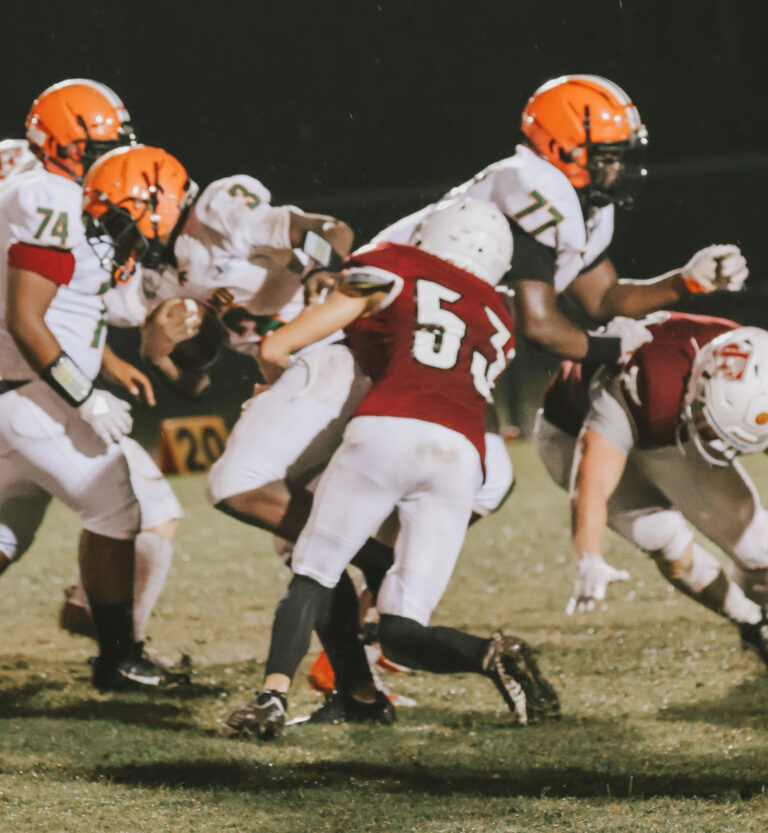Legacy Post Disclaimer
This is a #Legacy post imported from The Apalachicola Time’s previous platform. If you’re experiencing issues with this article, please email us at news@nevespublishing.com.
Museum to showcase Black Amphibious Truck Companies
In commemoration of Black History Month, the Camp Gordon Johnston Museum will present in February an exhibit on the history of two Black Amphibious Truck Companies, the 818th and the 476th, which were two of several Amphibious Truck Companies that trained at Camp Gordon Johnston during World War II.
This exhibit will be on display until Saturday, Feb. 26. The museum is open every Tuesday through Saturday from 11 a.m. to 5 p.m. and there is no charge for admission.
The 818th landed with the 1st ESB and the 4th Infantry Division on Utah Beach in Normandy. The members of the 818th then spent part of the fall of 1944 driving for the Red Ball Express and stayed in France until well after the war. The 476th was deployed with the Marine Corps for the campaign on Iwo Jima.
Rosters of World War II companies are difficult to assemble, and for Black units this is particularly challenging. The Camp Gordon Johnston Museum is fortunate that, thanks to the family of the commanding officer of the 818th and the assistance of the National Archives, partial rosters of both companies have been assembled.
Camp Gordon Johnston Museum’s volunteer archivist, Lisa Keith-Lucas has undertaken painstaking research on the approximately 90 names of the 818th Amphibious Truck Company. She has worked diligently to correctly identify them in order to find their hometowns, birth and death dates, burial locations and more, but so much is still unknown about these heroes.
The museum also now has the names of 62 soldiers and four officers of the 476th Amphibious Truck Company. Keith-Lucas has had more success in researching information for this group thanks to the assistance of an archivist at the National Archives. A deck report for an LST that transported part of this unit was located. The 476th was part of a 21-unit force from the Army that joined the 4th and 5th Marines for the campaign on Iwo Jima. This highly decorated force included two other companies from Camp Gordon Johnston.
The research gives a fascinating snapshot of a diverse group of Black men in the 1930s and beyond. Education levels varied from grade school to college graduates. Some were raised by professional parents; others were orphans raising their own younger siblings. Some of these men came from farms and others from cities. Their work life ranged from industry to agriculture to the Works Progress Administration. Many were born in the South but migrated to the Midwest or Northeast in search of jobs. Some were part of a family line of servicemen and had fathers and sons who also served in the military. Some of these servicemen lived long and successful professional and personal lives; some died young or were disabled. Others gave their lives in service, either in World War II or in Korea.
This exhibit will present what has been discovered to date of these men who served their country with honor in a military that was still segregated. The museum is hoping families and descendants of these soldiers may help the museum to learn more about these heroes and their service. “Photos and personal stories of these men would be a welcome addition,” said Keith-Lucas. “The goal of Camp Gordon Johnston Museum is to honor all the men who trained here. This is certainly a start.
Camp Gordon Johnston WWII Museum is in Carrabelle, directly across from Carrabelle Public Beach Park at 1873 Hwy 98 West. For more information, contact the museum at (850) 697-8575 or museum@campgordonjohnston.com. Funded in part by the Franklin County Tourist Development Council.






Meet the Editor
David Adlerstein, The Apalachicola Times’ digital editor, started with the news outlet in January 2002 as a reporter.
Prior to then, David Adlerstein began as a newspaperman with a small Boston weekly, after graduating magna cum laude from Brandeis University in Waltham, Massachusetts. He later edited the weekly Bellville Times, and as business reporter for the daily Marion Star, both not far from his hometown of Columbus, Ohio.
In 1995, he moved to South Florida, and worked as a business reporter and editor of Medical Business newspaper. In Jan. 2002, he began with the Apalachicola Times, first as reporter and later as editor, and in Oct. 2020, also began editing the Port St. Joe Star.